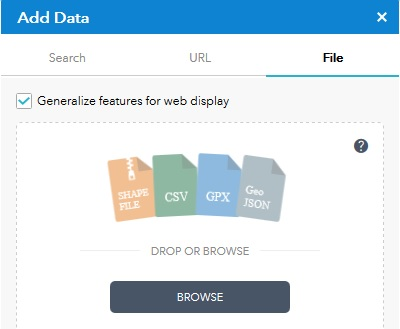

The preceding samples can use ASPNETCORE_URLS ASPNETCORE_URLS= Listen on all interfaces using ASPNETCORE_HTTPS_PORTS Listen on all interfaces using ASPNETCORE_URLS The following samples demonstrate listening on all interfaces var app = WebApplication.Create(args) Īpp.Urls.Add(" app.MapGet("/", () => "Hello World") The ASPNETCORE_URLS environment variable is available to set the port: ASPNETCORE_URLS= ASPNETCORE_URLS supports multiple URLs: ASPNETCORE_URLS= Listen on all interfaces Set the ports via the ASPNETCORE_URLS environment variable Var port = Environment.GetEnvironmentVariable("PORT") ? "3000" Īpp.Run($" The preferred way to set the port from the environment is to use the ASPNETCORE_URLS environment variable, which is shown in the following section.
Web appbuilder appstudio difference code#
The following code reads the port from the environment: var app = WebApplication.Create(args) For more information, see Kestrel endpoint configuration Read the port from environment The following command makes the app respond to port 7777: dotnet run -urls=" If the Kestrel endpoint is also configured in the appsettings.json file, the appsettings.json file specified URL is used. var app = WebApplication.Create(args) Īpp.Urls.Add(" (" app.MapGet("/", () => "Hello World") In the following code, the app responds to port 30. var app = WebApplication.Create(args) Īpp.Run(" In the preceding code, the app responds to port 3000.

The following sections set the port the app responds to. Visual Studio returns an error because it's expecting the port specified in Properties/launchSettings.json, but the app is using the port specified by app.Run(" Run the following port changing samples from the command line. In the port setting samples that follow, running the app from Visual Studio returns an error dialog Unable to connect to web server 'AppName'. When a web app is created with Visual Studio or dotnet new, a Properties/launchSettings.json file is created that specifies the ports the app responds to. Terminal middleware is middleware that runs if no endpoint handles the request.

If middleware should be run before route matching occurs, UseRouting should be called and the middleware should be placed before the call to UseRouting. The app needs to call UseAuthentication and UseAuthorization if UseCors is called: app.UseCors() For example, UseCors should be called before UseAuthentication and UseAuthorization. In some cases, the default middleware configuration isn't correct for the app and requires modification. The following code is effectively what the automatic middleware being added to the app produces: if (isDevelopment) User configured middleware and endpoints are added between UseRouting and UseEndpoints.IAuthorizationHandlerProvider is added by default when using AddAuthorization, and services are detected using IServiceProviderIsService. UseAuthorization is added next if user code didn't already call UseAuthorization and if IAuthorizationHandlerProvider can be detected in the service provider.IAuthenticationSchemeProvider is added by default when using AddAuthentication, and services are detected using IServiceProviderIsService. UseAuthentication is added immediately after UseRouting if user code didn't already call UseAuthentication and if IAuthenticationSchemeProvider can be detected in the service provider.UseEndpoints is added at the end of the middleware pipeline if any endpoints are configured.UseRouting is added second if user code didn't already call UseRouting and if there are endpoints configured, for example app.MapGet.UseDeveloperExceptionPage is added first when the HostingEnvironment is "Development".WebApplication automatically adds the following middleware depending on certain conditions: WebApplication.Create initializes a new instance of the WebApplication class with preconfigured defaults. The following code creates a WebApplication ( app) without explicitly creating a WebApplicationBuilder: var app = WebApplication.Create(args) The preceding code can be created via dotnet new web on the command line or selecting the Empty Web template in Visual Studio. The following code is generated by an ASP.NET Core template: var builder = WebApplication.CreateBuilder(args)


 0 kommentar(er)
0 kommentar(er)
